Trapping
Trapping is a useful survival skill to have because the traps are doing work while you’re off doing something else. The two main types of traps for catching smaller game are the deadfall and the snare. The subsets of these types of traps vary based on the trigger mechanism used. I focused on using the same three tools and attempted to create the same types of traps with each one.
Figure four deadfall
The figure four deadfall uses only small sticks and a large flat stone or heavy log. These things can be readily found in the wild and do not have to be carried in a kit. The three small sticks are cut and carved in such a way that they lock together when the weight is applied to the diagonal stick. The trick is making them sensitive enough that they will be tripped with the slightest pressure, while allowing them to be setup in the first place. The knife worked well for carving and fine tuning the fit of the sticks. The small detail work was easily accomplished by using the choil area of the knife. The machete surprisingly worked just as well as the knife in carving out the notches and the dovetails. The saw teeth on the spine were able to make squaring the notches easier allowing for a good fit. The axe was all together useless in a figure four deadfall. The only type of deadfall trap I was able to construct was a bait stick deadfall. The shortcomings of the axe when attempting to make detailed cuts and carvings were clearly evident here. There was simply no way to duplicate what the knife and machete was able to accomplish. On that note, there is a variation of the figure four deadfall that uses two triggers simultaneously on a much larger scale. This method requires driving wrist sized poles into the ground and using a large log more than a foot in diameter. Since everything is scaled up the axe may be able to work in creating something this size. It would definitely be needed in collecting the materials and driving the poles into the ground. This trap is for much larger game such as deer.
Snares
Snares, no matter what types you use require cordage of some type. Whether it is gathered in the wild or carried conveniently on your wrist it is essential for this type of trapping. The simple snare is a loop of cordage tied to a sturdy anchor point and placed along an established path. This doesn’t require tools at all. The spring snare however requires a springy limb or lever/fulcrum device to secure the loop around the prey’s neck. These also require some type of trigger mechanism. Some are simple and some are very complicated. The simplest one to make is the greased string snare. All it requires is two pieces of string, an anchor point and the spring mechanism. One piece of string is the loop while the other is the trigger. The more complicated are the T-Bar snares. These require detail carving along the same lines as the figure four deadfall. Once again the axe is the loser in this scenario, while the knife and machete work just fine.
Hunting
You can use any of these tools to hunt provided you can get close enough to use them. The Bushman knife with its hollow handle can be affixed to a long stick to make a spear. The others could be thrown at game in a pinch, but I would recommend using them to make more appropriate hunting tools such as a bow or at the very least a throwing stick for small game.

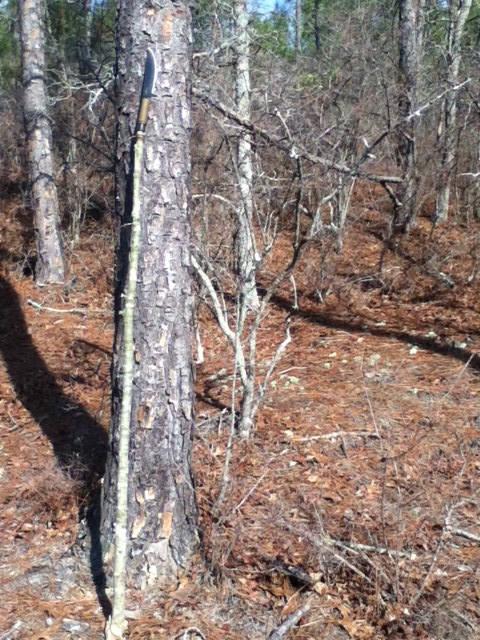
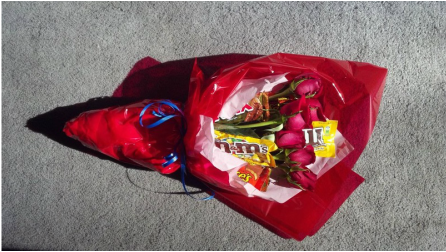
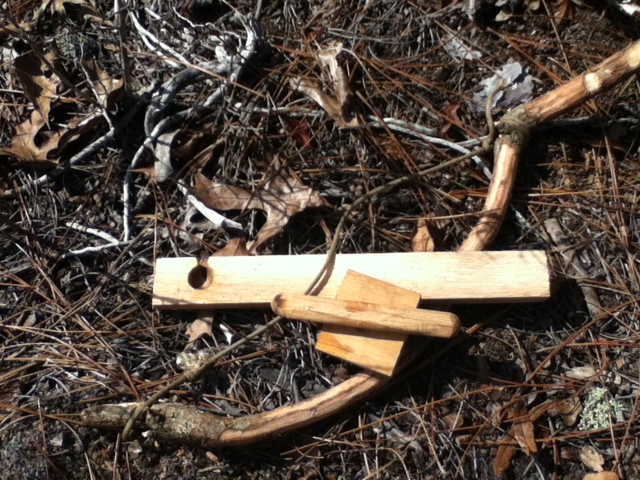
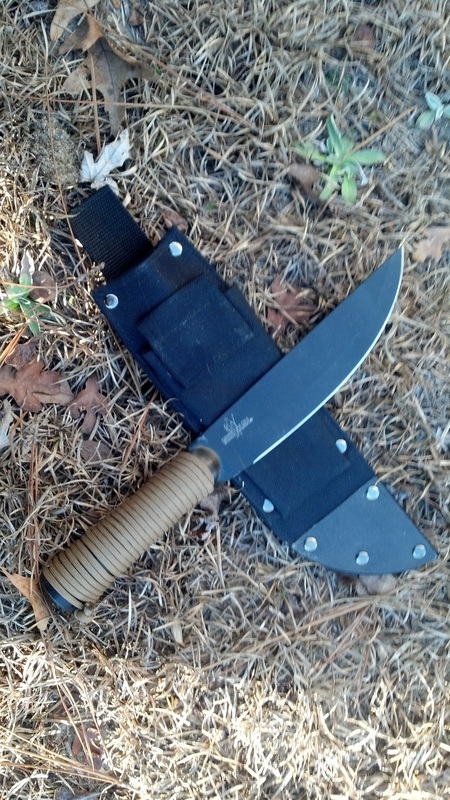
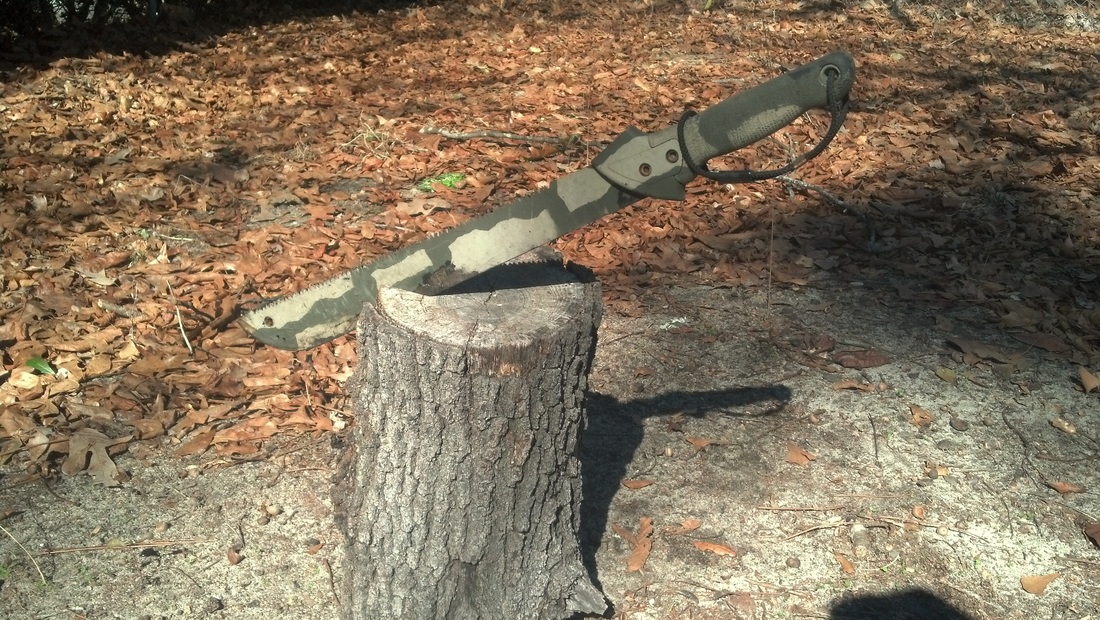
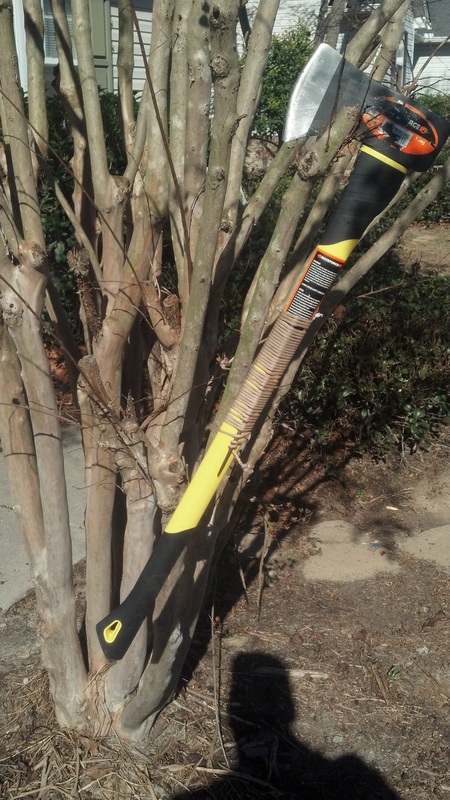
 RSS Feed
RSS Feed